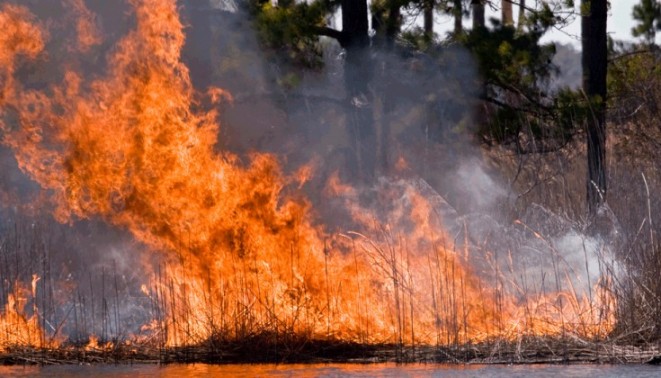Fire suppression enhancement hinders fire prevention
(MIT, November 20, 2013)
 The “firefighting trap” is a term often used by business managers to describe a shortsighted cycle of problem-solving: dealing with “fires,” or problems, as they arise, but failing to address the underlying cause, thereby increasing the chance that the same problem will crop up in the future. Researchers at MIT’s Engineering Systems Division found fire management can fall into the firefighting trap: Energy and resources are spent mostly on fire suppression — putting out fires in the moment — while less attention is devoted to fire prevention, such as clearing brush and building fire lanes during the off-season. They found that after severe fires, policymakers — driven by public pressure — funnel more funds into fire suppression for the next season. While this may put people temporarily at ease, this attention to fire suppression may undermine prevention efforts. The result, counter-intuitively, is even worse fires the following season.
The “firefighting trap” is a term often used by business managers to describe a shortsighted cycle of problem-solving: dealing with “fires,” or problems, as they arise, but failing to address the underlying cause, thereby increasing the chance that the same problem will crop up in the future. Researchers at MIT’s Engineering Systems Division found fire management can fall into the firefighting trap: Energy and resources are spent mostly on fire suppression — putting out fires in the moment — while less attention is devoted to fire prevention, such as clearing brush and building fire lanes during the off-season. They found that after severe fires, policymakers — driven by public pressure — funnel more funds into fire suppression for the next season. While this may put people temporarily at ease, this attention to fire suppression may undermine prevention efforts. The result, counter-intuitively, is even worse fires the following season.